Sandy Palmer’s favourite piece of outdoor furniture is a garden bench made from a wrought iron gate, complete with tailor-made cushion. The furniture restorer thinks outside the box when it comes to re-purposing items for outdoors.
“I visited a friend the other day who had a lovely mantelpiece over his fireplace and I told him it would make a great bedhead,” Sandy said.
“If you know someone who can weld, you can cut up a vintage gate, put slats on it and turn it into a bench or a daybed. Just use your imagination!”
Sandy and husband Tim spent 25 years living on the Gold Coast, where garden furniture deteriorated fast in the heat and salt air. In 2022 they decided to move 300km west to Tenterfield in country NSW, to experience the seasons again.
Sandy has learnt through trial and error what furniture weathers well in the outdoors and says the key is to buy quality products and maintain them.
“If it needs a freshen up, you can change the look by using a different coloured paint. I use one that is made for outdoor use and water-based, and doesn’t need sealing. It goes over metal and timber and can be touch dry in 10 minutes, so you can be sitting on your chairs that afternoon,” she said.
“I also like to combine modern furniture with vintage. My latest find is a lovely antique setting of white table and chairs that is metal with timber slats on top, which is a lovely contrast and suits our renovated glasshouse.”
How to refresh garden furniture:
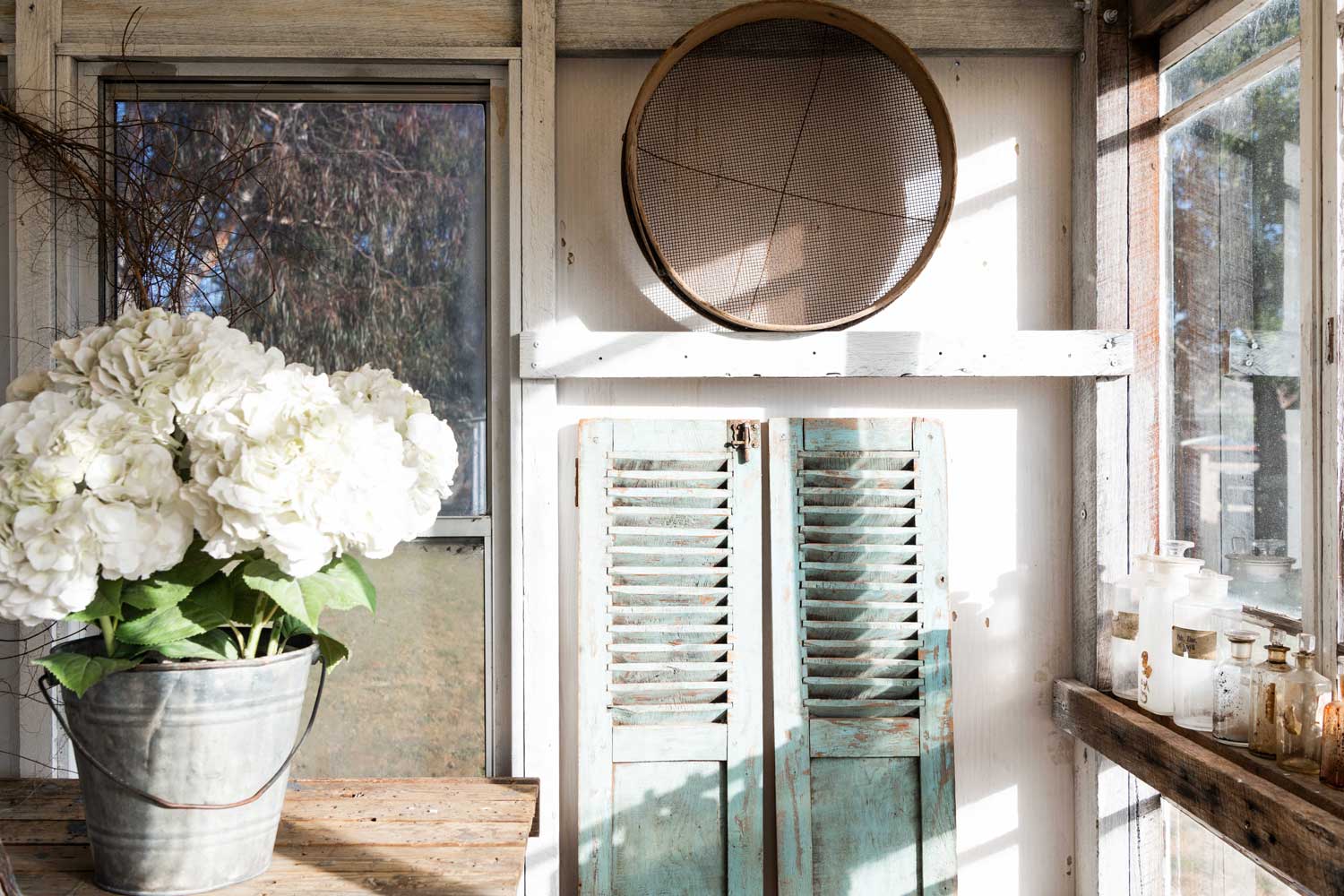
Search for easy-care outdoor furniture that doesn’t need much maintenance but is made from quality materials. Most metal, teak, cedar, aluminium and all-weather wicker pieces can stand up to the elements and, with regular cleaning, furniture will last and look good for years. Accessorise patio furniture and change the look with outdoor cushions and pillows with removable covers that can be easily tossed in the washing machine or cleaned with a car upholstery shampoo. If your storage space is limited, look for pieces that fold or can be easily taken apart.
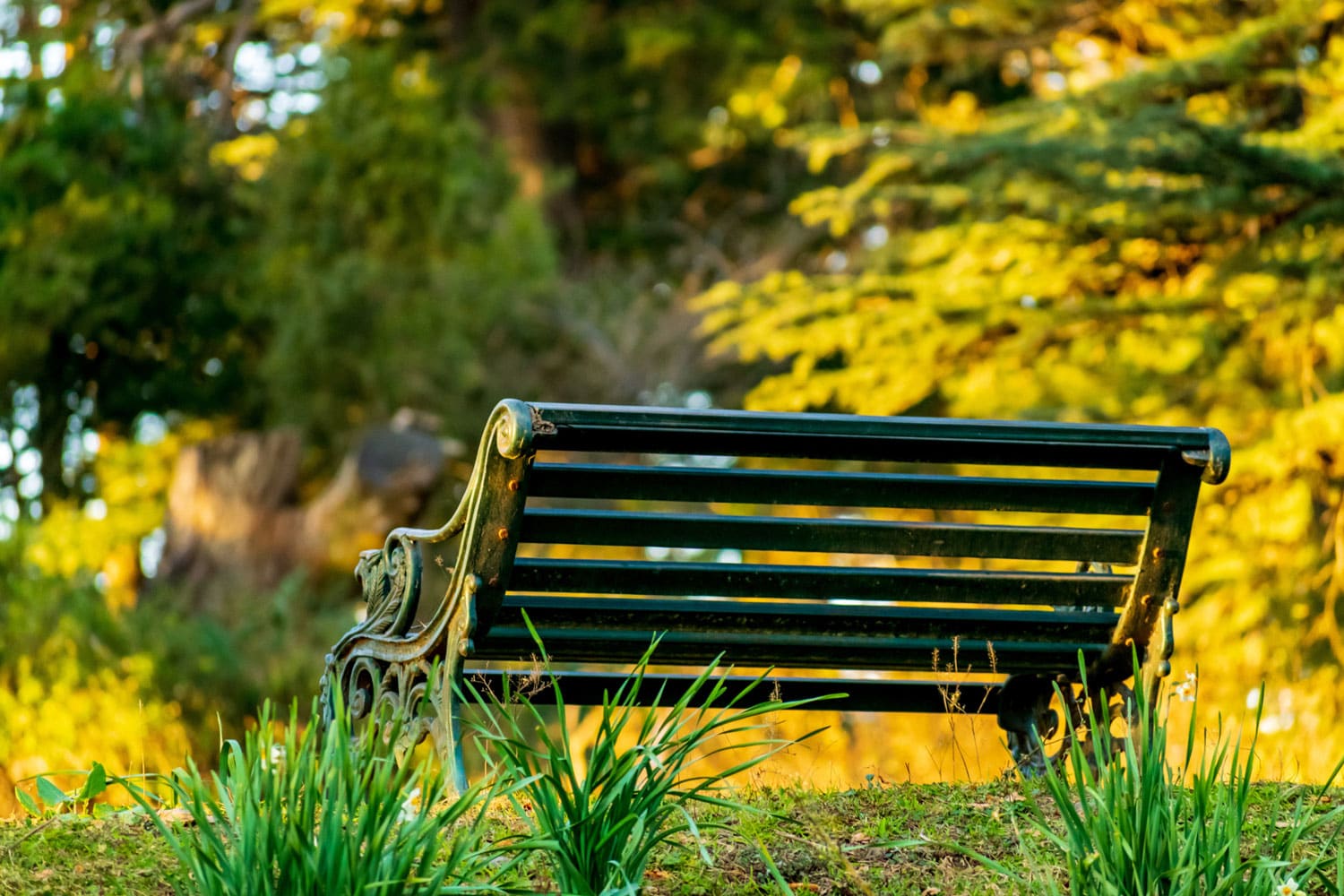
Each material has pros and cons, depending on whether it will be in the shade, exposed to the sun or protected under a roof. Aluminium is lightweight, which means it’s not great for areas with high winds. Stainless steel is heavy and low-maintenance but it can get hot when it’s in the sun. If you live in a wet climate, you may want to skip wood furniture. Synthetic resin furniture is an option if you want to keep it outdoors. Natural wicker pieces are best in covered areas.
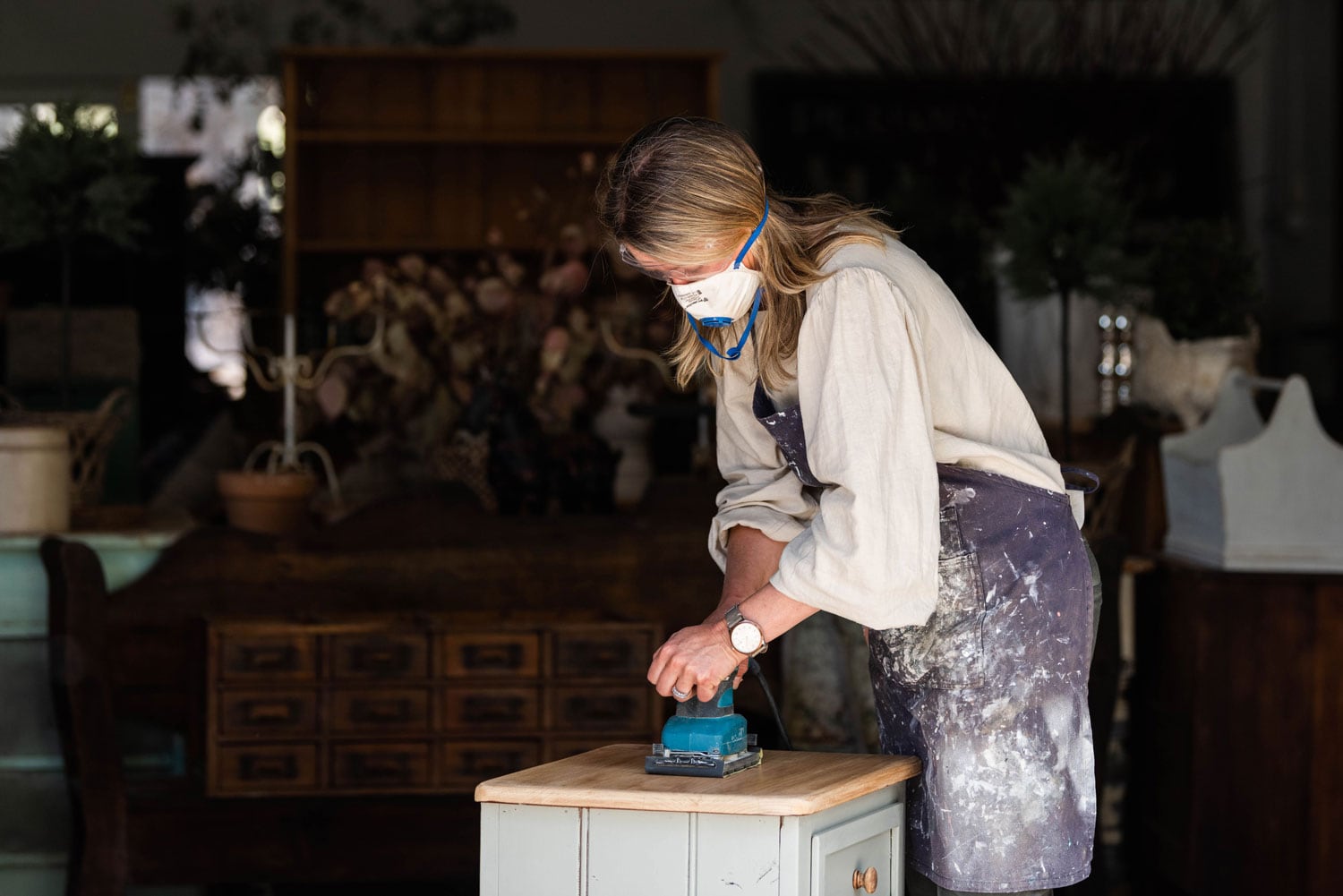
Left in the garden all year round, hardwood furniture will weather to a silvery grey finish. To restore to its original colour, opt for a specialist furniture restorer product - apply with an abrasive pad, leave 15 minutes then wash off. Rinse and dry thoroughly, and lightly sand the surfaces to remove any weathered areas. To protect timber pieces, give them an annual treatment of teak oil, rubbing it in gently with a rag. You can add more than one coat of oil, but make sure the first one is dry before applying a second. And remember to regularly remove the dirt, dust and cobwebs with a stiff bristle brush.
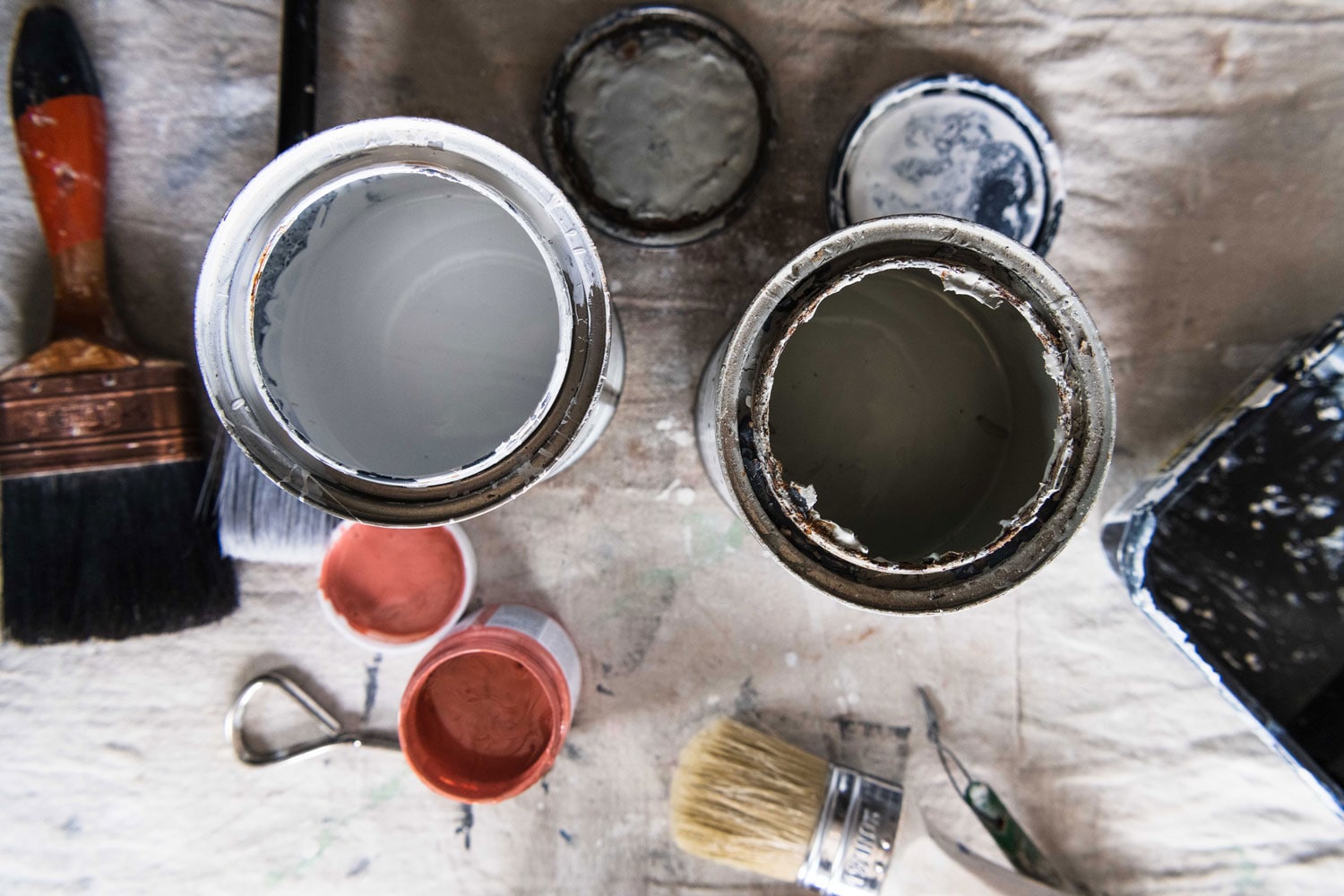
Wrought iron tables and chairs are prone to rust. A metal lacquer gives maximum protection, however you can also re-paint it or use a corrosion spray to prevent rust from forming. Before painting, gently rub off any rust with steel wool or a wire brush. Scrub everything down with soapy water, then sand and touch up rust spots using enamel paint. A simple home hack to remove rust is to apply white vinegar over the surface and leave for an hour. Wearing gloves, just wipe it away with a cloth. Test any products in an unobtrusive spot before using.
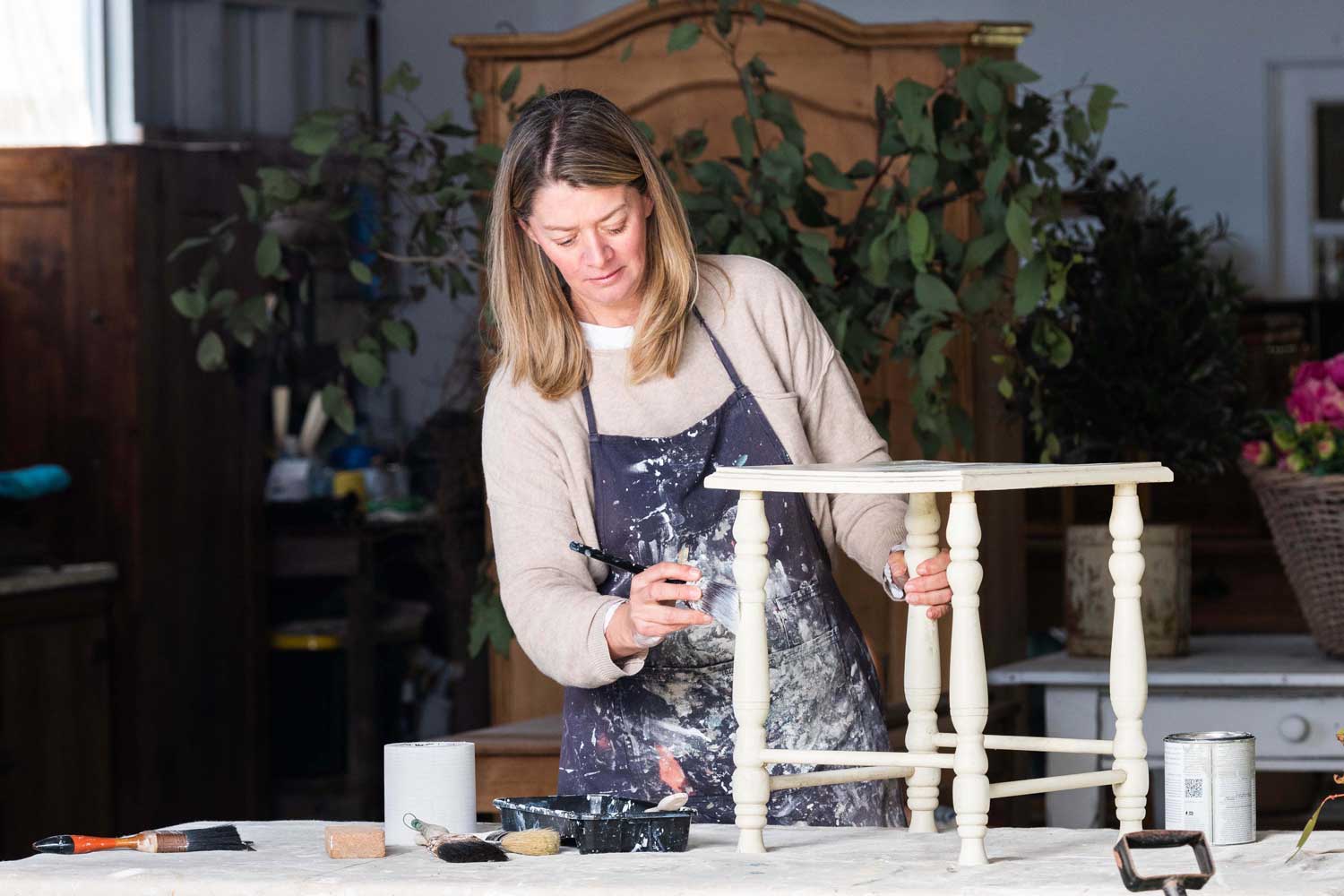
Dust with a dry brush, then clean your furniture with a non-foaming detergent, as any residue can cause mildew to build up. To combat this, rinse each piece thoroughly using either a hose or a pressure washer on its lowest setting. Aluminium furniture can stay outdoors, but it may oxidise over time. Any scuff marks can be removed with a non-abrasive cleaner – just wash with soapy water, and rinse off with a hose. Plastic pieces are weather-proof but can discolour, so it's best to store them in a shed when not using. To refresh, wash down with hot, soapy water with a splash of bleach in it to get rid of any stubborn stains. Use a sponge so as not to scratch the surface, and rinse thoroughly before the furniture dries. Finally, add a protective layer of clear car wax.